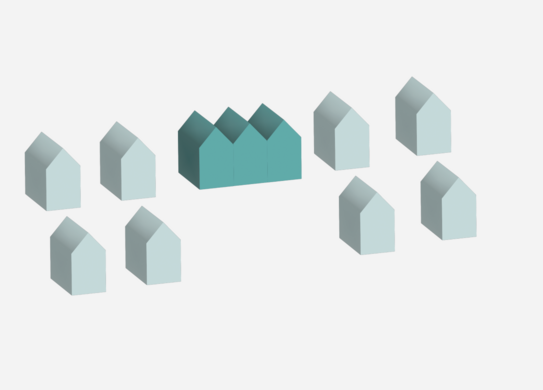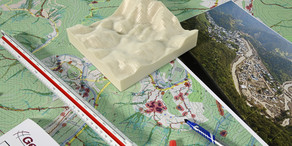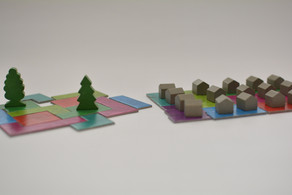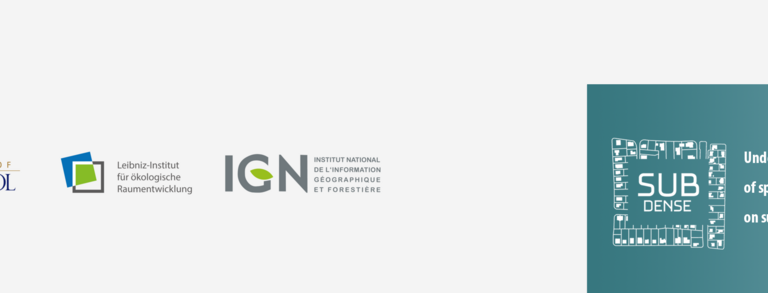Background on suburban densification
As more and more people relocate to urban areas, space becomes increasingly scarce. Consequently, housing prices rise fostering gentrification and displacement in urban centres. Simultaneously, there is untapped densification potential in suburban areas. The adverse effects of housing scarcity may be mitigated by such suburban densification. Furthermore, urban planning considers densification to be crucial in addressing climate change mitigation and adaptation by reducing net land uptake.

But suburban densification is challenging because it clashes with plural rationalities of space, actors, and policies. Plural rationalities of space, such as those that view it as territory, an economic asset, a symbol of social status, etc., mean that suburban areas are socially constructed by their landowners following multiple conceptions rather than a single one.Additionally, suburban regions frequently experience intense resistance to change, which hinders the implementation of densification. Such opposition is a result of different perceptions of densification among actors, such as landowners and local stakeholders. Additionally, national or urban planning policies on suburban densification encounter locationally specific spatial politics. Public policy interventions in land – land policy – that does not consider these plural rationalities of policy are deemed to fail.
SUBDENSE seeks to increase understanding of the polyrationalities of actors, space, and policies relating to suburban densification. It will examine how various land policy methods interact with the interests and agency of local stakeholders and landowners to shape suburban densification and its effects on suburbia across various planning regimes.






